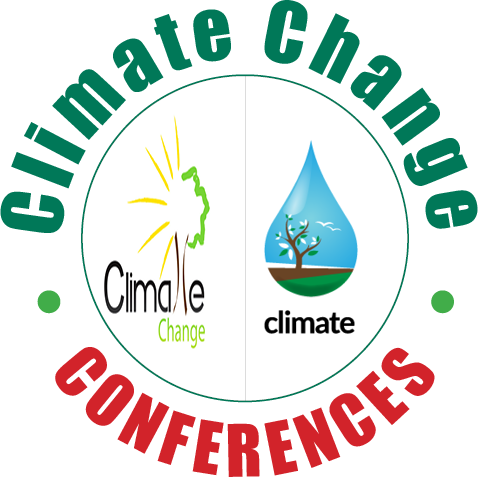
Edwin John Routledge
Brunel University London, UK
Title: Biodiesel, a promising alternative diesel fuel produced by a catalytic transesterification of vegetable oils, has become more attractive nowadays, because of its environmental concerns and the fact that it is made from renewable resources. In this work, the trans-esterification of soybean oil with methanol has been studied in a heterogeneous system, using Zn, Mn, K and Ce supported by a mixture of porcelain, cinder and ceramic. 0.5 and 1 mm of Zn, Mn, K and Ce in 7 g of support were loaded, foll
Biography
Biography: Edwin John Routledge
Abstract
Since the start of the industrial revolution, society has become increasingly reliant on the use of chemicals, including pesticides, pharmaceuticals, plasticizers and personal care products, to name a few. In 2016, European chemical sales alone were valued at 507 billion Euros, with 80,000 chemicals reported to be in common use worldwide. Alongside the many benefits of chemicals to society, concerns about the impacts of certain chemicals to both human and wildlife health, including the so-called ‘endocrine disrupting chemicals’ is a topic of increasing concern. Since the term ‘endocrine disruptor’ was coined in 1991, extensive research into the effects of various chemicals, and chemical mixtures, on human and wildlife health has been conducted globally. More than 1,300 studies have suggested connections between endocrine-disrupting chemical (EDC) exposure and serious health conditions such as infertility, diabetes, obesity, hormone-related cancers and neurological disorders in humans. The range of endocrine targets captured by regulatory tests is expanding rapidly, and new mechanistic insights, such as epigenetic mechanisms of chemical-induced disease, continue to challenge the regulatory frameworks designed to protect society and the environment. Difficulties still exist in balancing the trade-offs between the benefits of chemicals to society at point of use, with the burden of proof needed to demonstrate the adverse consequences of the same chemicals once they are allowed to disperse in the environment. When dealing with such complexity, is it possible to achieve a vision of a sustainable society where chemicals are managed carefully throughout their lifecycle and where people benefit from their use and thrive within nature’s limits? What strategies and insights can sustainability science offer to help society balance the Tox-Eco system?

